Weight lifting belts can be a game-changer for serious lifters, but choosing the right one is more than just picking the coolest-looking belt on the rack. Whether you're just getting into strength training or you're a seasoned athlete pushing for PRs, a good lifting belt can enhance your performance, improve safety, and boost your confidence under the bar. But how do you pick the one that fits your needs?
Let's break it down in this friendly, comprehensive guide to choosing the right weight lifting belt.
Why Use a Weight Lifting Belt?
A weight lifting belt isn't magic, but it's a powerful tool when used correctly. Its primary function is to increase intra-abdominal pressure, which helps stabilize your spine during heavy lifts. This added support allows you to lift more confidently and safely.
Here are some key benefits:
- Spinal Support: A belt helps keep your spine in a safe position by creating a more rigid torso.
- Injury Prevention: Reduces the risk of lower back injuries during heavy compound lifts.
- Performance Boost: Many lifters find they can lift heavier when wearing a belt.
- Mental Confidence: A belt can make you feel more secure, especially when pushing your limits.
When Do You Need One?
It's a common misconception that belts are for every workout. In reality, they're best reserved for heavy compound movements like squats, deadlifts, and overhead presses. If you're doing bicep curls or light dumbbell presses, leave the belt off.
Use a belt when:
- You're lifting at or above 80% of your one-rep max.
- Performing heavy compound lifts.
- Training for powerlifting, Olympic weightlifting, or strongman.
Skip the belt when:
- You're doing warm-ups or light accessory work.
- Working on core strength (belts can reduce activation if overused).
Key Features to Consider
Not all lifting belts are created equal. Here are the major features you need to evaluate:
Material
- Leather: Durable, stiff, and often used in powerlifting. It takes time to break in but provides excellent support.
- Nylon: More flexible and lightweight, ideal for CrossFit or dynamic movements.
Width
- Common widths range from 4" to 6".
- A uniform 4" width is standard for powerlifting as it provides even pressure around the torso.
- Tapered belts (wider in the back, narrower in the front) are more comfortable for general fitness and Olympic lifting.
Thickness
- 10mm: Ideal for most lifters. Offers solid support while still being comfortable.
- 13mm: Very stiff. Best for advanced lifters who need maximum support.
Buckle Type
- Single-prong: Simple and secure.
- Double-prong: More secure but harder to fasten.
- Lever: Quick to adjust, very tight, and favored by powerlifters.
- Velcro: Lightweight and easy to use but can wear out over time. Good for CrossFit and casual lifting.
Build Quality
- Look for reinforced stitching, high-quality leather or nylon, and a solid buckle or lever system.
Match the Belt to Your Training Goals
Different training styles benefit from different types of belts:
- Powerlifting: Opt for a stiff 10-13mm leather belt with uniform width and a lever or prong buckle.
- Olympic Lifting: Choose a tapered, flexible belt (usually nylon) that allows for more mobility.
- CrossFit: Go for a Velcro nylon belt—lighter and easier to adjust between movements.
- General Strength Training: A 10mm leather or a solid nylon belt is usually sufficient.
How to Fit and Size Your Belt Correctly
A lifting belt won't do its job if it doesn't fit right. Here's how to make sure it does:
- Measure Your Waist: Measure around your torso at the level your belt will sit—usually around the navel.
- Check Manufacturer Guidelines: Sizes vary between brands, so always consult their size chart.
- Test the Fit: A proper fit should be snug but not painful. You should be able to brace your core firmly against the belt.
Tip: Try the belt on with your lifting clothes. A hoodie vs. a tank top can make a difference in how tight it feels.
Common Mistakes to Avoid
- Choosing Style Over Function: A flashy design won't help you lift better.
- Buying Too Thick: Don't jump into a 13mm belt if you're just starting—it can be uncomfortable.
- Ignoring Comfort: If it's painful or restrictive, you won't wear it consistently.
- Using the Belt as a Crutch: Master bracing and core control first, then use a belt to enhance—not replace—your technique.
Tips for First-Time Users
- Break It In: Leather belts are stiff at first. Wear them often and allow time to soften.
- Use It Strategically: Don't wear the belt for every set. Save it for heavy lifts.
- Practice Bracing: Learn to push your core against the belt. This is how it works!
- Listen to Your Body: If something feels off, don't force it.
FAQs
- Q1: Do belts weaken your core?
- A1: Not if you use them properly. Belts actually help train bracing. Don't overuse them, and continue to train your core directly.
- Q2: How long does a belt last?
- A2: A high-quality leather belt can last a decade or more. Nylon belts may wear out faster, especially if they use Velcro.
- Q3: Should women wear belts too?
- A3: Absolutely. The same principles apply regardless of gender. Fit and comfort are key.
- Q4: Can you wear a belt for all lifts?
- A4: You can, but you shouldn't. Use it when it matters most—for heavy, compound movements.
Final Thoughts
A weight lifting belt is an excellent tool—when used properly. It's not just for powerlifters or bodybuilders. If you're serious about getting stronger, protecting your spine, and progressing safely, the right belt can help. Just remember: good technique comes first, then the gear.
Take your time, try a few different styles, and don't rush your decision. The right belt should feel like a natural extension of your body when you lift. Once you find the perfect fit, you'll wonder how you ever lifted without it.
Happy lifting!
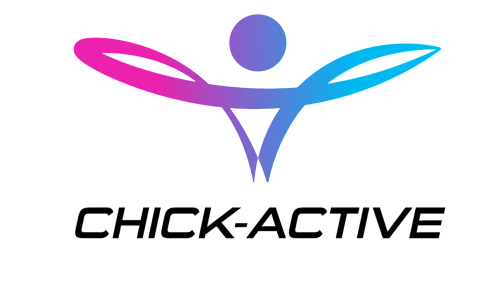
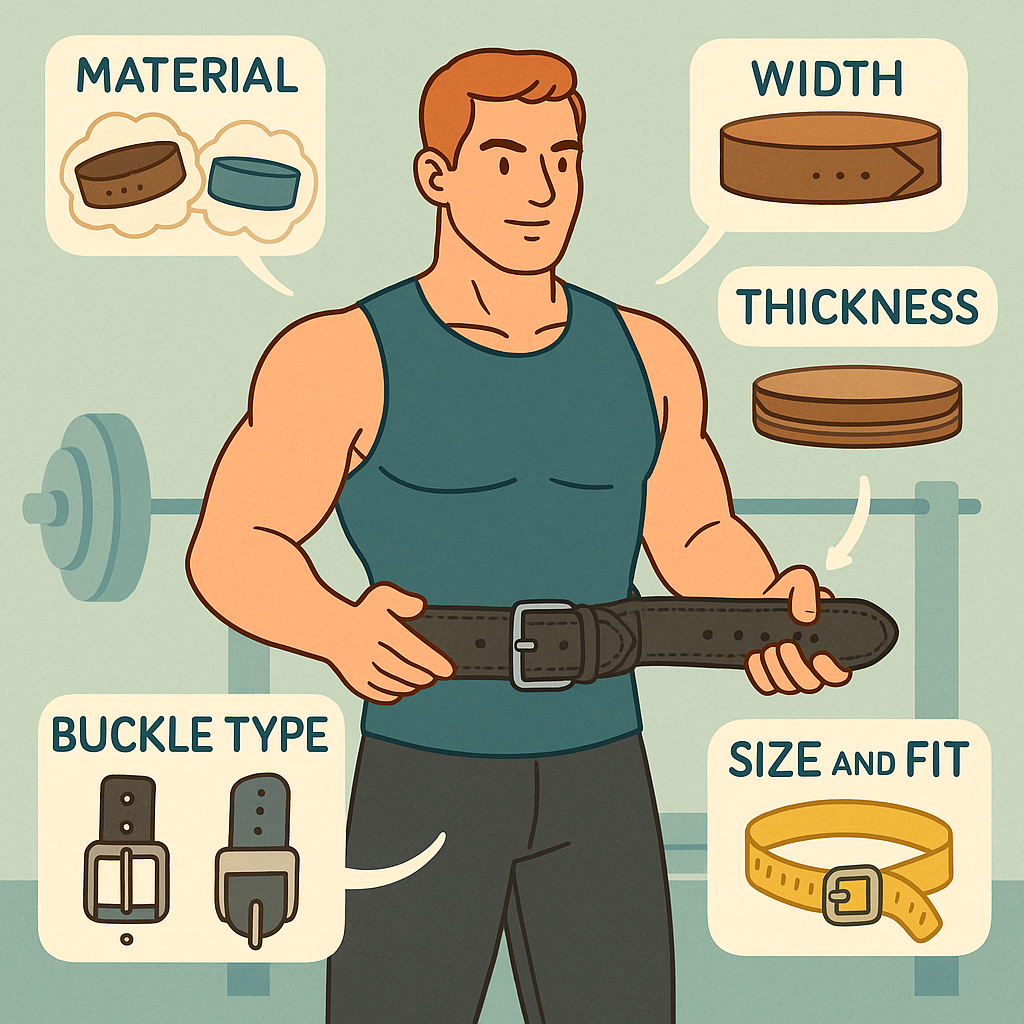
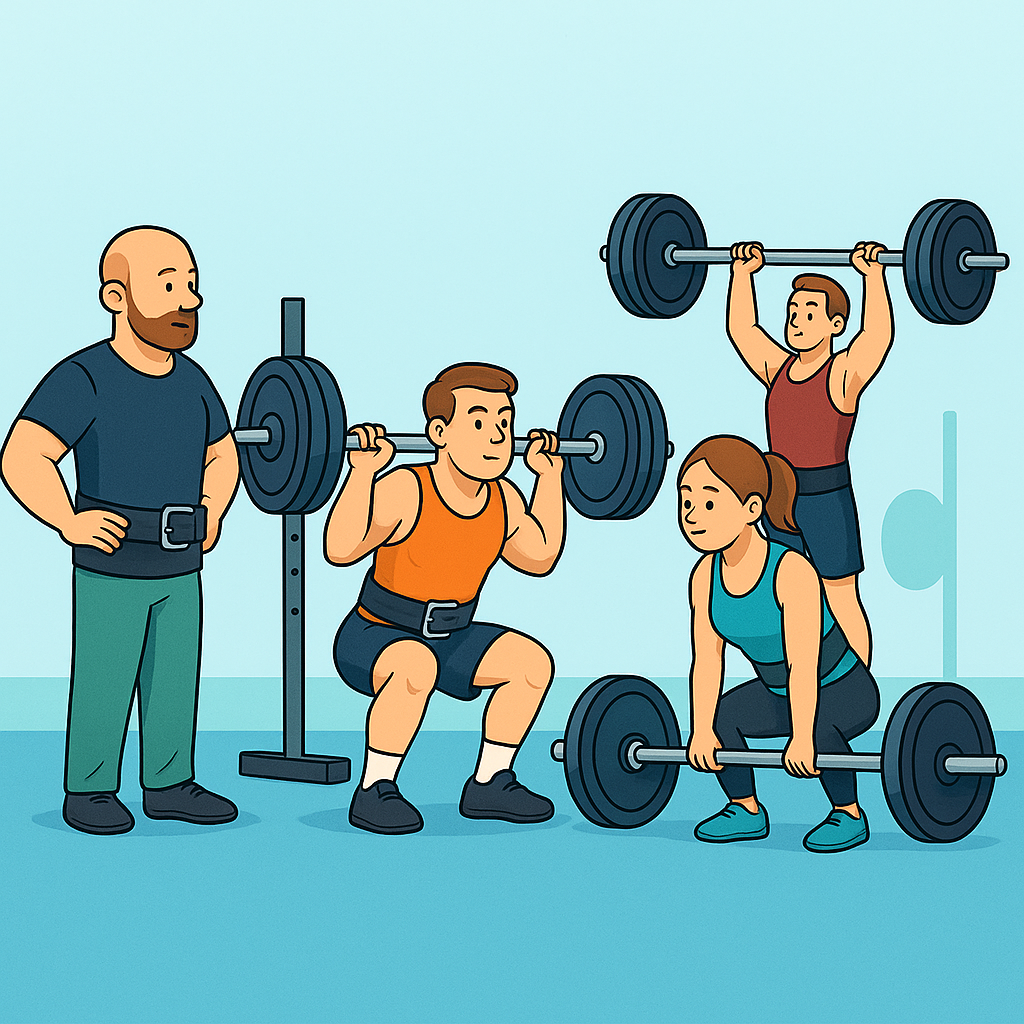

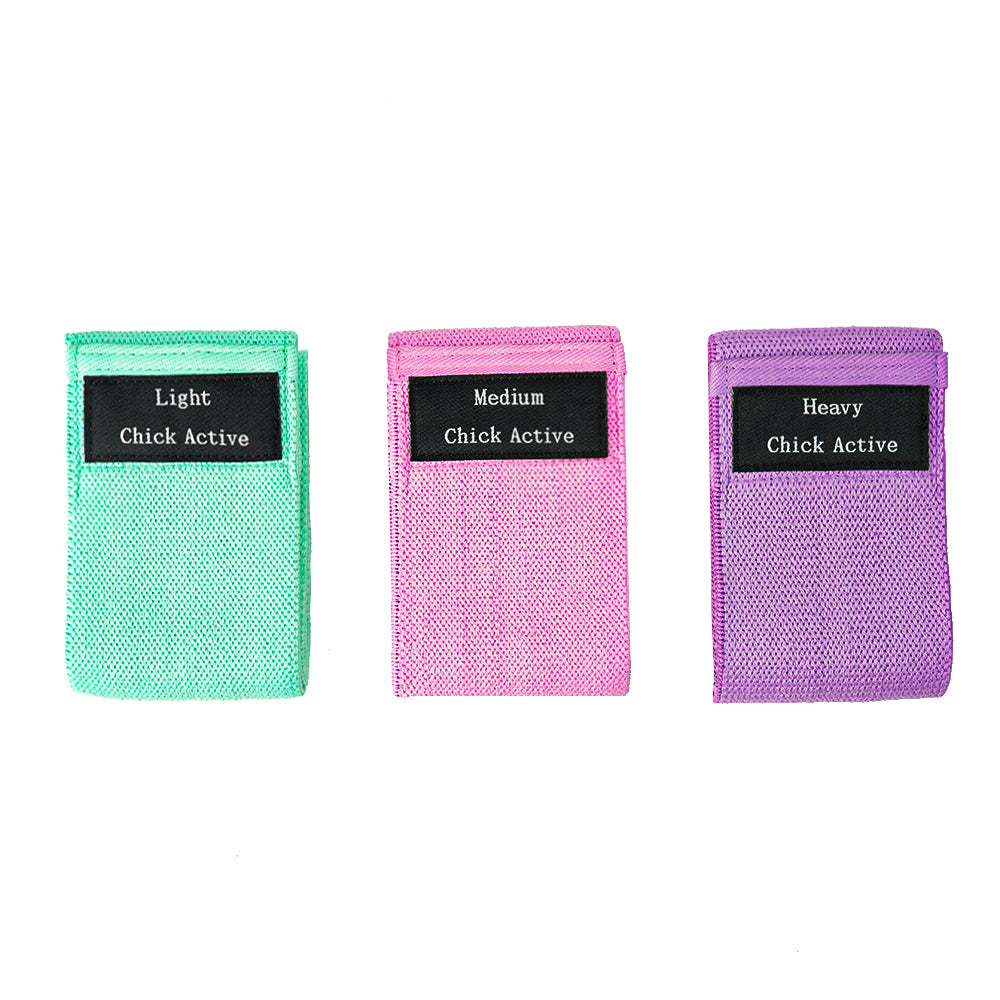
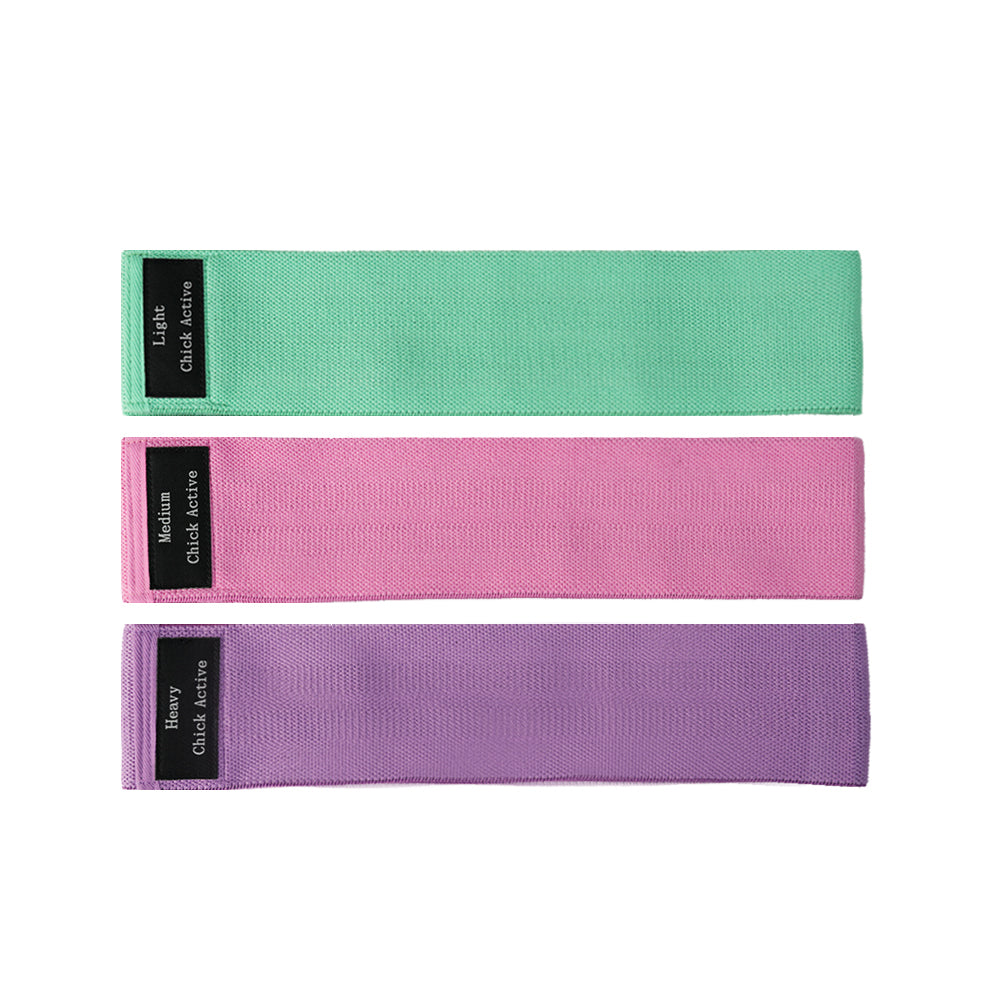


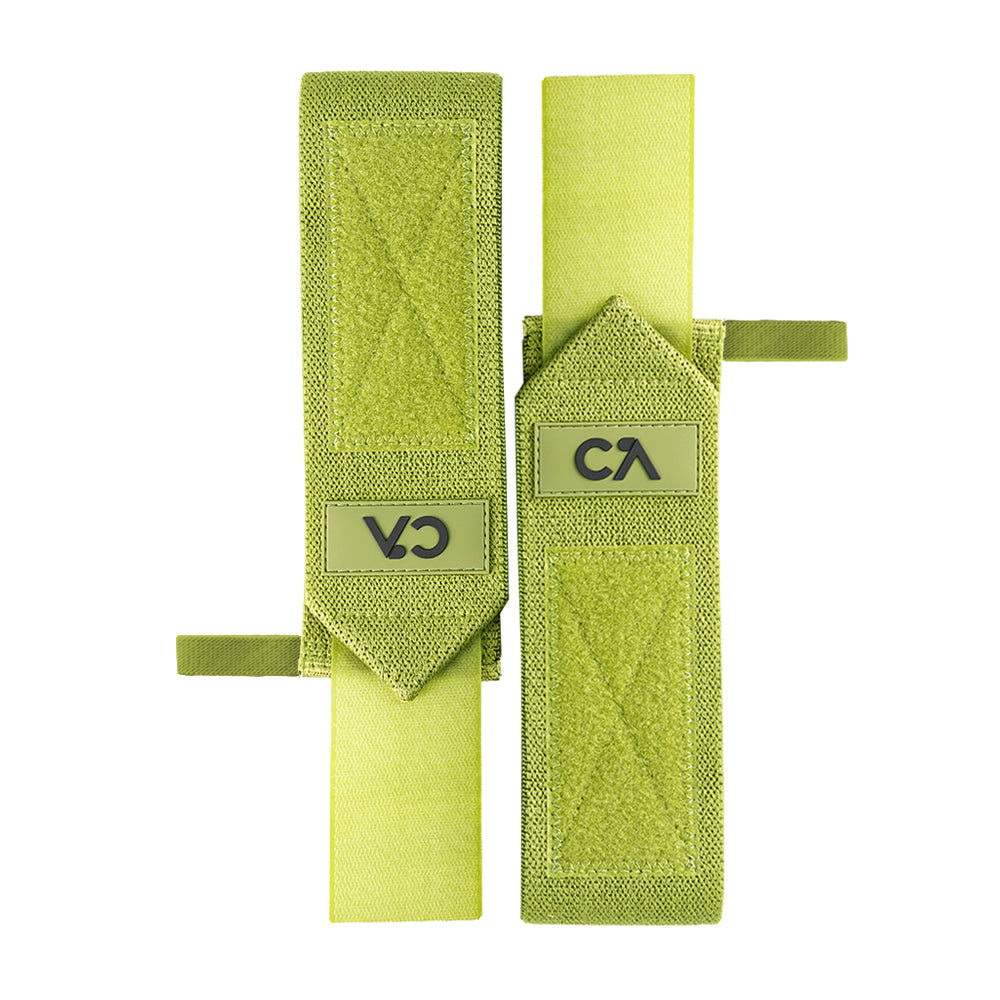
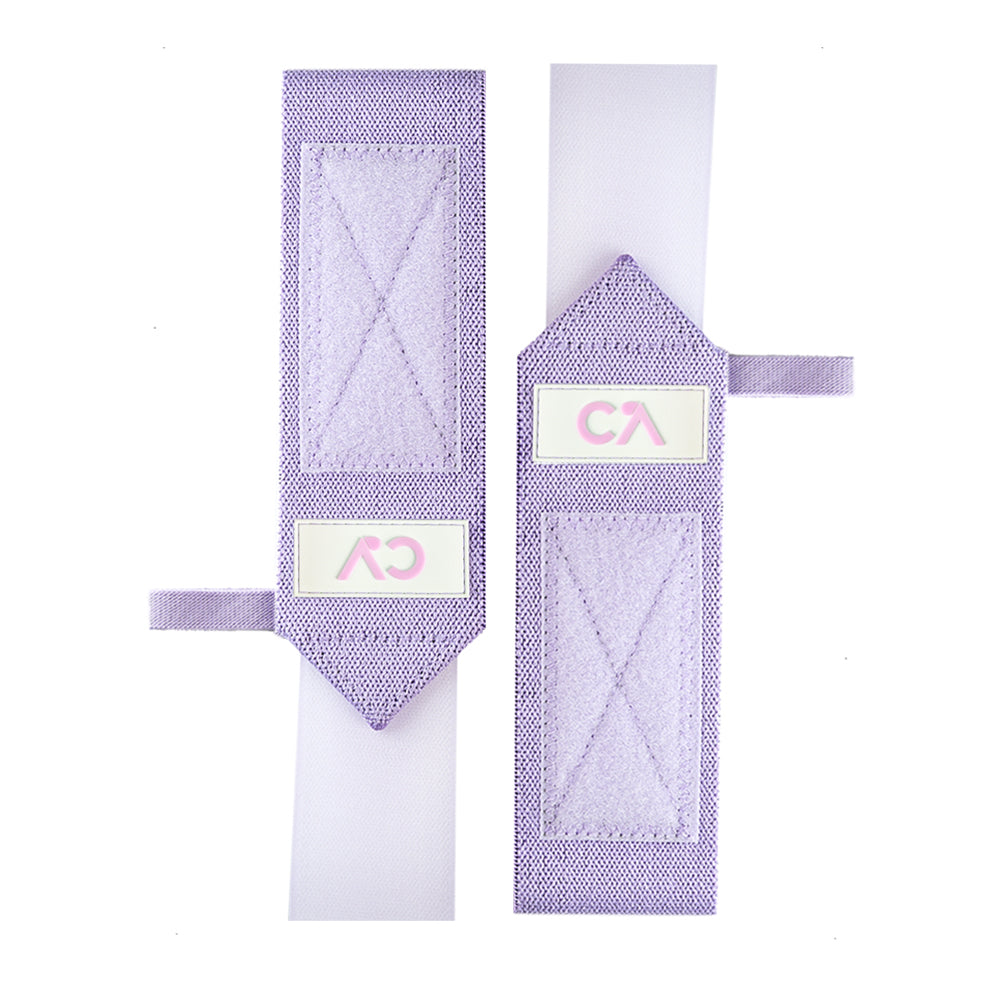
Leave a comment
All comments are moderated before being published.
This site is protected by hCaptcha and the hCaptcha Privacy Policy and Terms of Service apply.